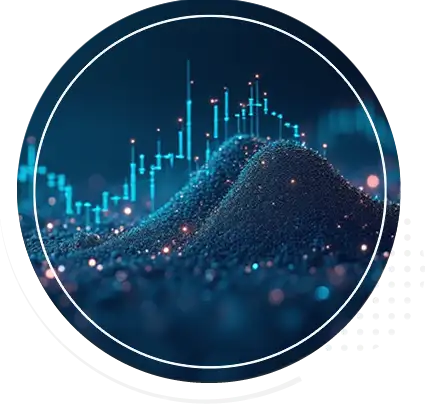iBeacons are all the rage right now and rightfully so. “What the heck is an iBeacon?” you ask. Great question. If it wasn’t obvious by the “i” in the name, iBeacon was introduced by Apple and is a new proximity-sensing technology based on Bluetooth Low Energy (BLE) – also called Bluetooth Smart. It was heavily promoted by Apple at its iOS 7 keynote last September.
And while iBeacon is technically a protocol that allows developers to use the technology in their applications, the term “iBeacon” has been quickly adopted to refer to physical devices (about the size of a coin or medallion). At their core, these devices are simple. They are BLE transmitters that have a sole purpose: to help establish proximity. In conjunction with a BLE-equipped smartphone, a mobile app can listen for a signal. If a signal is detected, proximity can be established. Once proximity is established, an action can be triggered. This is where the abounding possibilities begin.
One of those possibilities is indoor navigation. Sure, the vast majority of mobile devices in today’s world are equipped with GPS, and while GPS is fairly accurate for establishing a general location, it can’t tell you that you’re on the second floor, in apartment 209, of a 5-story building.
Ever heard of Total Wine & More? Total Wine is a retailer of fine wines, beer and liquor. However, this isn’t your typical spirits store — it occupies a space the size of a supermarket. For wine enthusiasts, this translates to a massive selection of wines from all over the planet. This massive selection also presents a big problem: “How do I find that $10 bottle of 2007 Vina Eguia Rioja Reserva without having to flag someone down?”
Here’s how it would work. Assume Total Wine has a network of iBeacons installed throughout their store. A customer enters the store and pulls up the 2007 Vina Eguia Rioja Reserva on the Total Wine app. The customer presses the “Take Me to It!” button and voila, they’re presented with in-store navigation that takes them to the exact position of the bottle.
Or consider this example. You’re traveling and have a connecting flight to catch. Your first flight was delayed and now you have 20 minutes to make it from Terminal A to Terminal E or you’re going to be stuck in Vegas for the night (okay, so there are certainly worse cities to be stuck in). Some might say that 20 minutes is plenty of time…if you know where to find Terminal E. Luckily, the Las Vegas airport is equipped with iBeacons. You pull out your trusty Airport Navigation app and using signals from the iBeacons, you’re given real-time, turn-by-turn directions to the terminal and gate. And you make the flight with a few minutes to spare.
As with any hyped technology, there’s always the question of adoption. What makes iBeacons any different than other tech fads? First, they’re based on BLE, a technology that is nearly ubiquitous among smart phones (and other electronic devices) made within the past three years. Second, because BLE has been around since 2010, and Bluetooth more generally since 1994, there is a well-established standard and the hardware is cheap. Third, BLE has a range of up to 50 meters, much greater than that of competing low-power wireless technologies. Finally, and possibly most important, BLE consumes power at an extremely low rate. This results in improved battery life for BLE-equipped devices like smartphones and tablets, and allows iBeacons to run up to two years on a standard watch battery.
While there have been a number of technologies over the years that have attempted to truly bridge the physical and digital worlds with some success (think QR codes and NFC), there hasn’t been a technology quite like iBeacons. Its ubiquity and versatility set it apart from competitors, giving marketers and technologists an exciting new method for communicating with customers. Retail, manufacturing, healthcare, tourism and a plethora of other industries have a great opportunity to connect like never before.
Look for iBeacons to become a catalyst for just-in-time communications and a valuable link to on-demand mobile content. Retailers big and small, as well as businesses whose customer experience is dependent on smooth logistics, would be smart to begin using these little wonders.
If you’d like to talk more about strategies for bringing together digital and physical experiences, including the use of iBeacons, drop us a line via info@trellist.com.












